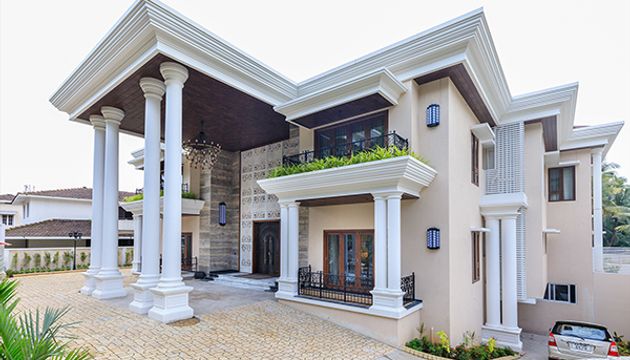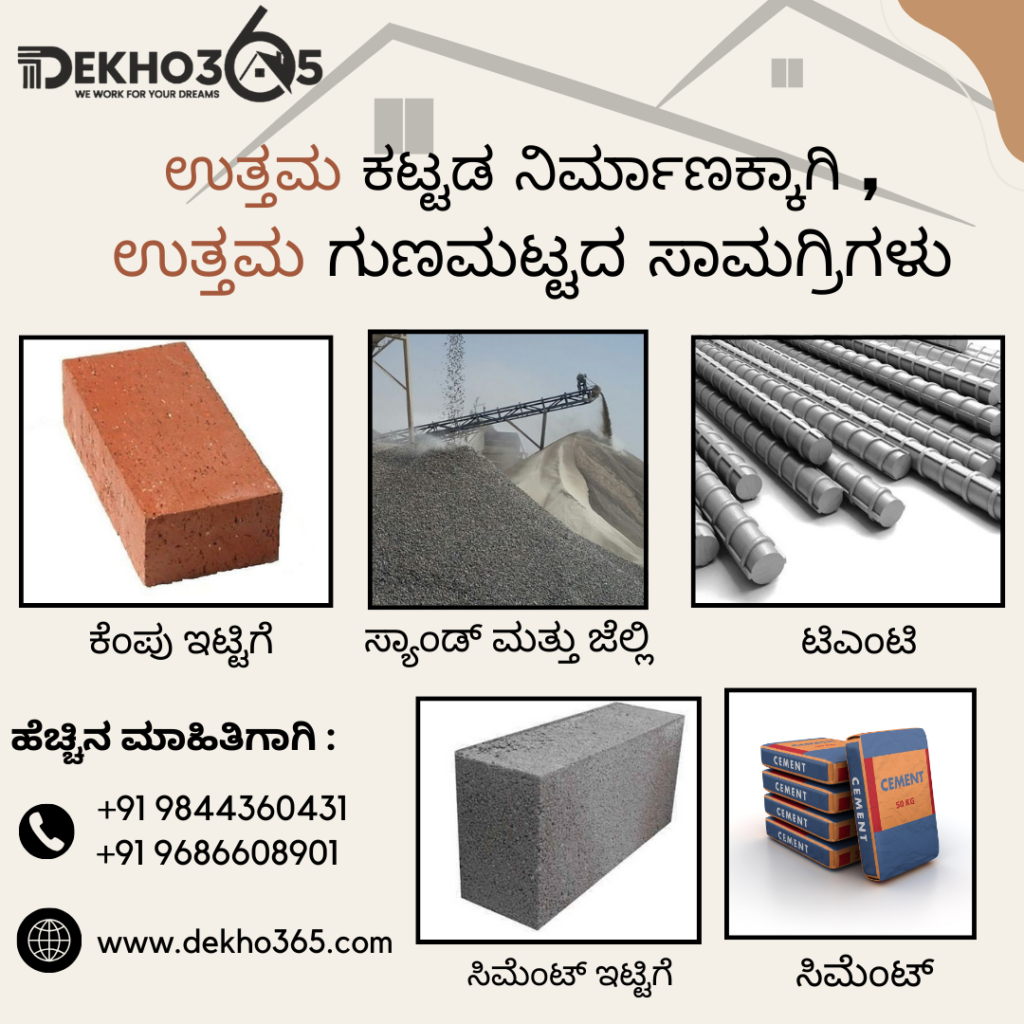
Introduction
Revolutionizing Architectural Practices with Advanced Materials
In the realm of contemporary architecture and construction, the evolution of materials has reached unprecedented heights, driving innovation and sustainability. Architects and engineers now have access to a diverse array of cutting-edge latest modern construction materials that redefine the possibilities of design and construction processes. These materials not only enhance structural integrity but also prioritize eco-consciousness, aligning with the global shift towards latest modern construction materials sustainable development.

Key Advancements in Construction Materials
Innovative Composites and Sustainable Solutions
One of the most significant advancements is the development of composite materials engineered to combine the strengths of various elements while mitigating their individual weaknesses. These composites, such as fiber-reinforced polymers (FRPs) and carbon fiber composites, offer exceptional strength-to-weight ratios, making them ideal for applications ranging from bridge latest modern construction materials to residential buildings. Their versatility and durability ensure longevity, reducing maintenance costs and environmental impact—a testament to their sustainability.
For instance, fiber-reinforced polymers (FRPs) integrate high-strength fibers such as carbon, glass, or aramid into a polymer matrix, creating Latest modern construction materials that are lighter yet stronger than traditional alternatives. These composites find applications in diverse sectors, from aerospace to infrastructure, demonstrating their versatility and reliability. The use of cutting-edge materials like FRPs not only enhances structural performance but also reduces overall project costs and environmental impact.
Resilient and Energy-Efficient Building Materials
Another breakthrough is the advent of energy-efficient materials designed to optimize thermal performance. These include advanced insulating materials like aerogels and phase-change Latest modern construction materials(PCMs), which regulate indoor temperatures and reduce reliance on mechanical heating and cooling systems. By enhancing energy efficiency, these materials not only lower operational costs but also contribute to reducing carbon footprints, promoting a greener future for latest modern construction materials practices worldwide.
Another breakthrough in construction materials is the adoption of energy-efficient solutions that improve thermal performance and reduce carbon emissions. Advanced materials like aerogels, known for their low thermal conductivity and lightweight properties, provide superior insulation in buildings. Similarly, phase-change materials (PCMs) store and release thermal energy during phase transitions, stabilizing indoor temperatures and reducing reliance on heating and cooling systems. These innovations not only enhance comfort and energy efficiency but also contribute to sustainable building practices worldwide, showcasing the transformative impact of cutting-edge latest modern construction materials on construction.
Integration of Smart Materials for Enhanced Functionality
Furthermore, the integration of smart materials equipped with sensory capabilities has revolutionized building functionality. These materials react to environmental stimuli, adjusting properties dynamically to optimize performance. Shape memory alloys (SMAs) and self-healing concrete exemplify this trend, offering solutions that enhance structural safety and longevity. Their adaptive nature ensures buildings can withstand varying conditions, showcasing resilience and reliability in the face of natural and man-made challenges.
The integration of smart materials equipped with responsive capabilities marks a significant leap forward in building technology. Shape memory alloys (SMAs), for example, change shape in response to temperature variations, offering applications in self-regulating building components like window shutters or adaptive façades. Another notable example is self-healing concrete, embedded with microcapsules of healing agents that activate when cracks form, autonomously repairing damage and prolonging the lifespan of structures. Such innovations exemplify how cutting-edge materials not only improve functionality but also enhance resilience and sustainability in built environments.
Conclusion
In conclusion, the continuous evolution of construction materials embodies progress towards sustainable, resilient, and efficient built environments. Architects and builders are increasingly turning to these innovations to meet the demands of contemporary design challenges while embracing environmental stewardship. As these materials become more accessible and refined, they promise to redefine the future skyline with structures that are not only functional and beautiful but also sustainable and enduring. Embracing these advancements is not just a choice but a responsibility towards a brighter, more sustainable future for generations to come .Don’t make the mistake buying materials from wrong persons.



